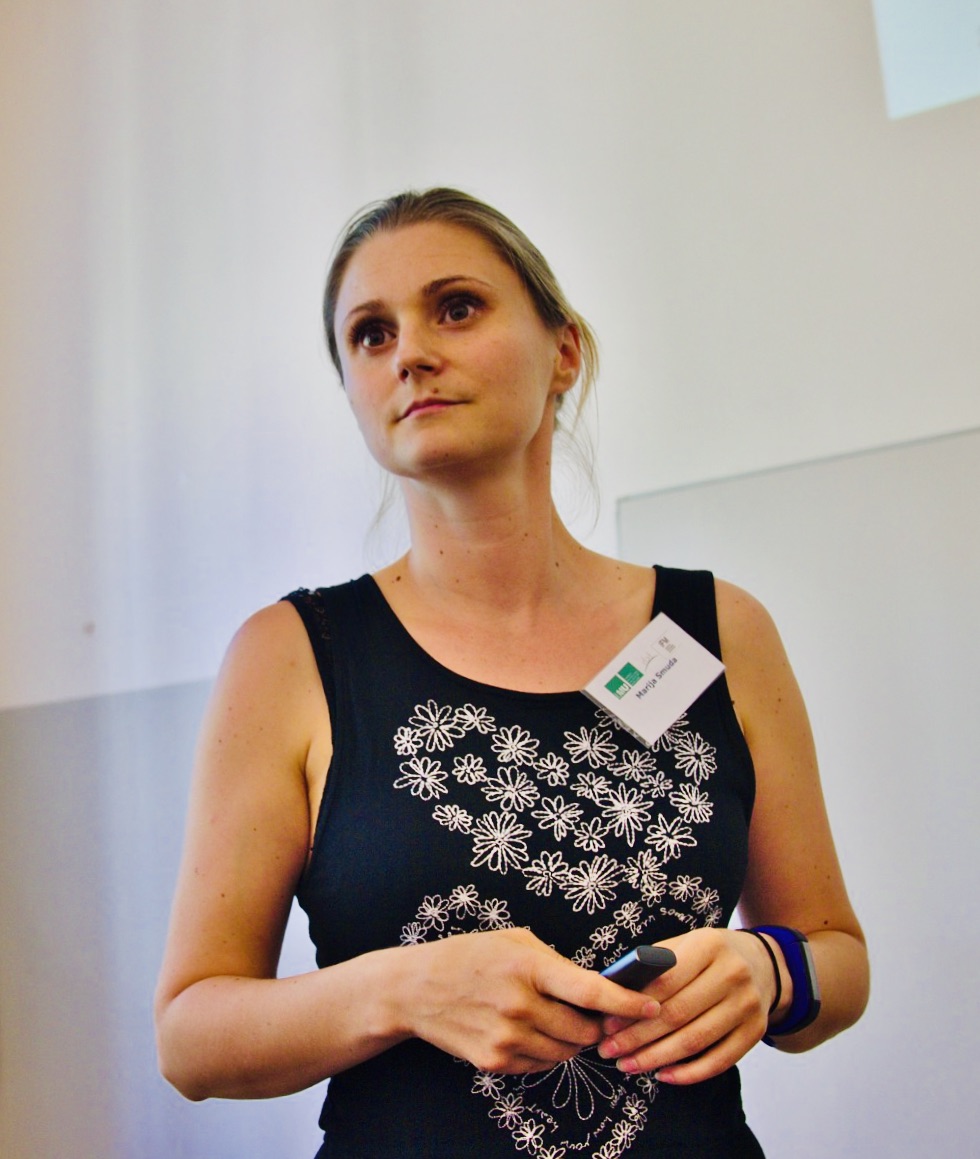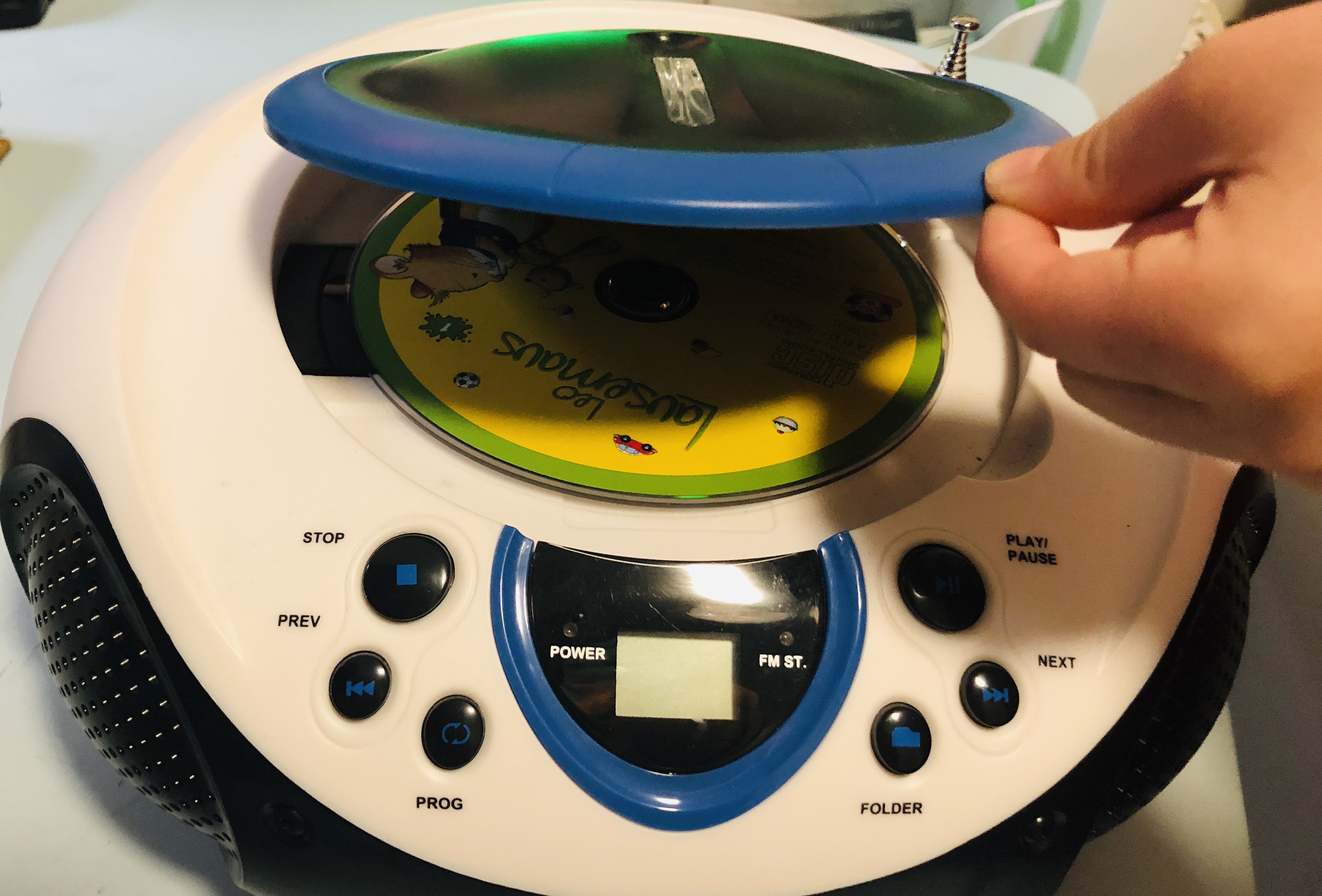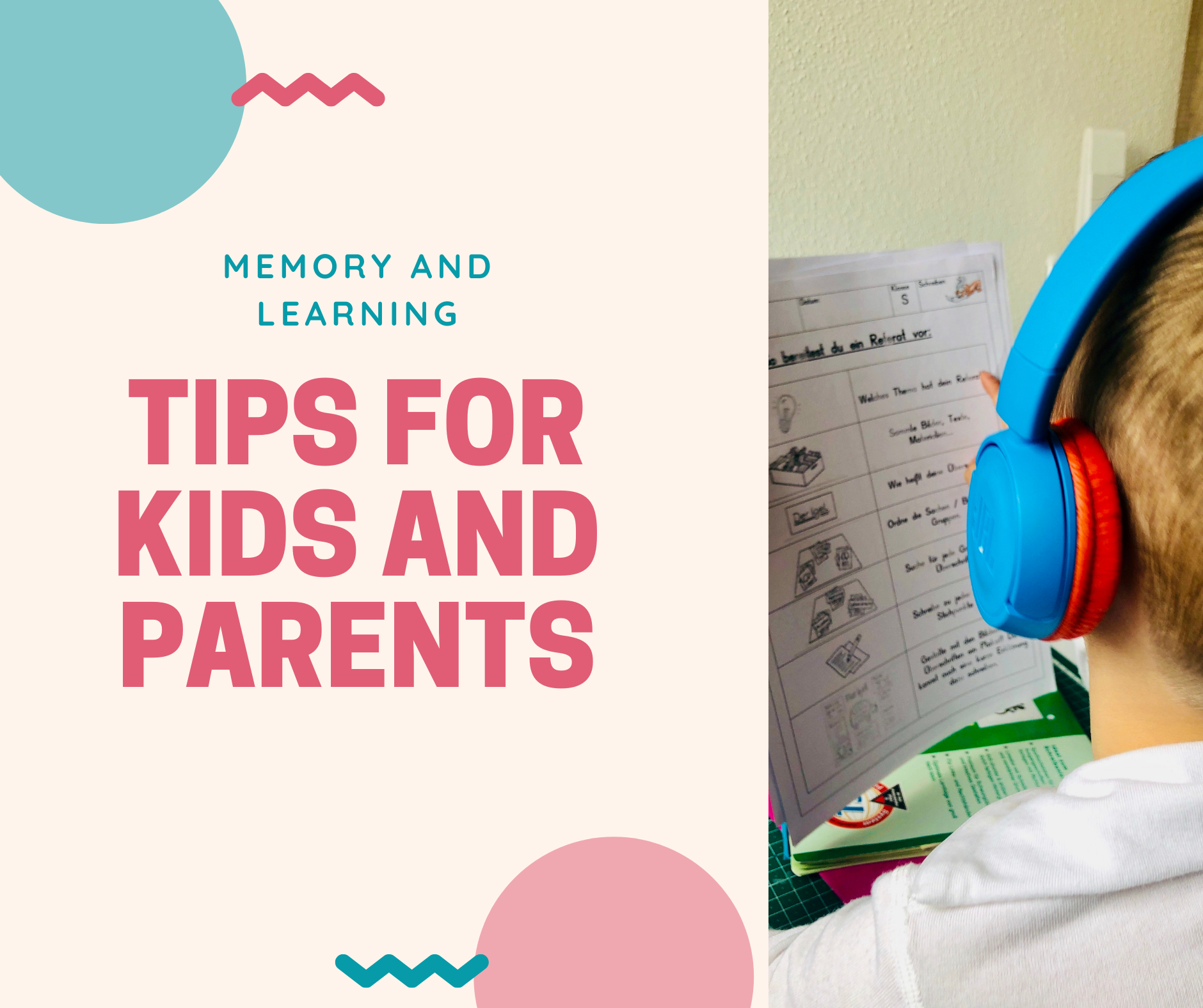FAQ about multilingualism

When we talk about the early multilingual development, the parents' role is the most important one. However, all of us have uncertainties, fears and questions. Even experts in this field feel some doubts as parents.

Here are 5 most frequent questions and answers about multilingualism.
Question 1)
Is my child developing slower than other children who speak only one language?
Answer:
Exposing children to two languages from birth does not slow down or compromise lexical development. On the contrary, children who acquire more languages understand more words when taking all their languages into consideration. They even reach a level of lexical understanding faster than monolingual children.
However, if compared to monolingual norms, some bilingual children may seem slow in lexical development. Let's boost this with some examples[i]. Children who spoke only one language L1 (monolingual) were compared with children who spoke L1 and L2 (bilingual). When testing their understanding of L1, there was no difference between the two groups at the age of 13 months. Later, at the age of 20 months, monolingual children understood and could say around 25% more words in L1 than the bilingual group. But, when both languages in the bilingual group were tested, the bilingual infants on average were reported to understand 233 words for L1 and L2 combined, which is 71% more than the monolinguals, who were said to understand only 136 words.
In conclusion: no, children who are raised in the multilingual surrounding are not slower in language acquisition and development. However, when vocabulary in only one of their languages is compared to the vocabulary of monolingual children, they might be outperformed by monolinguals.
Question 2)
How can I support my child to speak a particular language (usually a minority language)?
Answer:
All children in a multilingual surrounding speak the majority language. However, the use of minority language is not universal. The success of raising children to speak two languages very much depends on the parental language input patterns[i]. In other words, parents are in charge of providing opportunities for children to hear and use the language.
Here are 10 things you can do to support your child:
1) Speaking.
This goes for all aspects of language development. The more you speak, the more input a child receives.
2) Playgroups.
Visiting playgroups where children and grown-ups speak the same minority language can motivate a child to use the same language to be included in plays and games.
3) Books.

Reading is a powerful tool for language development in general. Reading books in the minority language helps building vocabulary, and children are more likely to talk about the text using the same language.
4) Audiobooks.

5) Music and singing.
Children can learn some new words, but also enjoy the melody of a language, which helps them memorise those words and phrases.
6) Family members.
Whether it's visiting a family that shares the same language or talking to them via Skype (or any other…), children often find it natural to speak in the language they have in common. Especially if other family members don't understand or speak the other language.
7) Puppet.

Introducing a puppet (we had a dragon hand puppet) or some other toy that can only speak the minority language can be very motivating for children to play with it in a specific language. Our dragon could speak only English (which is the third language in our family). However, after few months, our boys taught him to speak Croatian and German :)
8) Travelling.
Visiting places where the minority language is spoken immerses children into that language. Talking to people living there, going shopping, even just being surrounded by people speaking only one language creates the need for children to use that language.
9) Screen time.
If you allow screen time to your child and want to keep the minority language alive, let them watch cartoons or other content in the minority language.
10) Education.
Bilingual kindergartens and schools give bilingual children daily exposure to both languages. However, this is not an option for many minority languages.
Question 3)
Are there any negative effects of multilingualism?
Answer:
It is possible that some multilingual children don't possess vocabulary as rich as monolingual children when only one language is considered. They also might experience difficulties retrieving words in a specific language, and the more languages a person knows, the more difficult it gets to recall individual words[i]. Multilinguals might experience more' tip of the tongue' moments than monolingual speakers[i]. And finally, some see mixing languages as one disadvantage of bilingualism.
Question 4)
What should I do when my child mixes languages?
Answer:
First of all, code-switching or language-mixing is not a bad thing. On the contrary, it is a beneficial strategy for language learning, and a sign of higher innovative capacity, meaning that those who code-switch regularly show greater linguistic creativity[i]. So, the first thing to do when a child mixes languages is to have a positive attitude.
Expect your child to mix languages. It can be in forms of using certain words from another language, mixing cases or any other grammar features. There is no reason to correct the child because it could send a message that he/she should limit their speech to avoid code-switching. What you can do is accept, respond, build.
| Original (Croatian and German) | Translation |
| Child: Mama, jel znaš ti zašto ja ne volim feuerwehr i polizei izložbe? Mum: Ne znam. Zašto ne voliš vatrogasne i policijske izložbe? Zadnji put kad smo bili na jednoj mi se činilo da ti je zabavno. Sjećaš li se što smo sve vidjeli tamo? | Child: Mummy, do you know why I don't like fire department and police exhibitions? Mum: No, I don't know. Why don't you like fire department and police exhibitions? Last time we visited one, I thought you had fun. Do you remember what we saw there? |
So, don't correct. Just accept their information, respond to the ideas that children express during code-switching and invite them to continue to talk about what's important to them[i].
Question 5)
What is the best language strategy?
Answer:
There are several language strategies families can adopt.
| one person, one language OPOL | Each parent speaks in their language to a child. Examples: - The majority language is German. Mother speaks English, father speaks German to the child. - Parents speak English between themselves. Mother speaks Portuguese, father speaks Japanese to the child. The majority language is French. |
| Minority language at home ml@h | Parents speak the minority language to the child. Example: - Both parents speak Croatian at home. The majority language is English. |
| Time and place | Parents choose a time and place, (or both) to speak with the child in a particular language Examples: - Parents and children speak in German before kindergarten and Finish after. - Parents and children speak Italian around the house except in a "language corner" where they speak English. |
With all those combinations of parents' languages, majority and minority languages, there is actually no single perfect method that fits all situations. What is essential is to follow your intuition when choosing a strategy and to stay somewhat consistent. If the situation changes, it's OK to make changes in your language strategies. Again, it all comes down to providing opportunities for language input and output. The more those opportunities children have, the greater the chances that they will acquire the language.
Here, you can read stories about different multilingual families, their language strategies, concerns and experience.
[i] De Houwer, A., Bornstein, M. H., & Putnick, D. L. (2014). A Bilingual-Monolingual Comparison of Young Children's Vocabulary Size: Evidence from Comprehension and Production. Applied psycholinguistics, 35(6), 1189–1211. https://doi.org/10.1017/S0142716412000744
[i] De Houwer, A. (2007). Parental language input patterns and children’s bilingual use. Applied Psycholinguistics 28, 411–424. DOI: 10.1017.S0142716407070221
[i] Young, S. (2016). The Effects of Bilingualism and Multilingualism on Lexical Retrieval. Linguistics Senior Research Projects. 6. http://digitalcommons.cedarville.edu/linguistics_senior_projects/6
[i] Pyers, J. E., Gollan, T. H., & Emmorey, K. (2009). Bimodal bilinguals reveal the source of tip-of-the-tongue states. Cognition, 112(2), 323–329. https://doi.org/10.1016/j.cognition.2009.04.007
[i] Kharkhurin, A. & Wei, L. (2015). The role of code-switching in bilingual creativity. International Journal of Bilingual Education and Bilingualism, 18(2), 153-169. DOI: 10.1080/13670050.2014.884211
[i] You can find more examples here https://cls.la.psu.edu/bilingualism-matters/HeadStart_CodeSwitching.pdf

